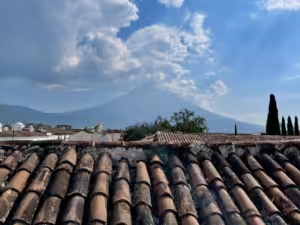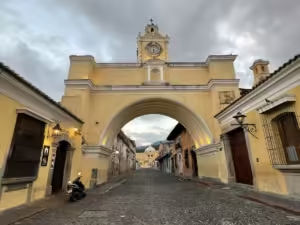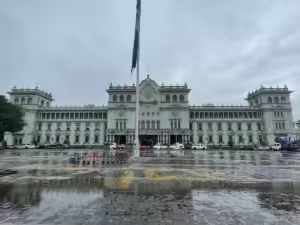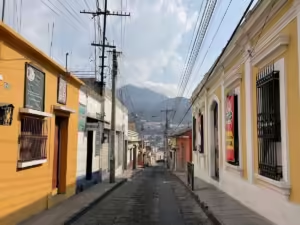Panama is the little snake sliver of land that connects North and South America. It’s home to the famous canal that connects the Atlantic and Pacific Oceans. Depending on your travel itinerary, you may even have a connecting flight at Tocumen International Airport in Panama City. Maybe you could say Panama is the land of connections.
Unfortunately, I can’t say that I really connected with Panama. The country felt like a bit of a shoulder shrug compared to some of its neighbors. It doesn’t have the archeological and cultural richness of Guatemala. It definitely doesn’t have the exquisite friendliness of El Salvador. And the nature just doesn’t quite feel as natural as Costa Rica.
But just because I didn’t connect with Panama as much as other places, that doesn’t mean I’m anti-Panama. It is a very nice country, and I had a nice time there. Hopefully this little guide will help you have a nice time in Panama, too.

Things to Know about Panama
*Panama is currently facing its second month of protests and social unrest. While, in my opinion, these protests are more than justified, they may affect your travel plans. Check the news before making plans.*
Panama is one of the richest and most developed of Latin American countries. In fact, Panama is number six in terms of the United Nations Human Development Index for Latin America and the Caribbean. You notice the difference almost immediately after crossing the border, but you’ll feel it most intensely amidst the glistening high-rises in Panama City.
That development comes with a price, though. Panama is also noticeably more expensive than its neighbors. I’m happy the locals are getting paid, but we did end up skipping a few things in Panama simply because they were out of our budget range. Panama also uses the U.S. dollar for currency, so if you’re coming from the United States you won’t have to bother with exchange rates.
Panama is also a very safe place for tourists. Supposedly there are some rough neighborhoods in Panama City and along the Caribbean coast, but I’ve never personally had any issues. I’ve heard from a few women who’ve faced a lot of catcalling and street harassment in Panama. My wife never had any issues, but we were together most of the time.
I have some more thoughts about safety and crime in Central and South America. Read them here: Rethinking Travel Safety and Crime in Latin America
Panama is also home to the infamous Darien Gap. In case you’ve been ignoring the news for the last few years, the Darien Gap is a stretch of jungle wilderness between Panama and Colombia. There are no roads through the gap, and its home to all manner of rogue paramilitary groups, drug traffickers and human smugglers. It’s considered one of the most dangerous places on the planet, and untold numbers of migrants die crossing the gap on their way north to the United States.
This doesn’t typically affect the average tourist, however, since most of us aren’t going to be visiting the Darien Gap. You may see a number of migrants in your travels throughout Panama, however. Be nice to them, because they’ve been through a lot. If you’d like to take things further, you can feel free to donate to Doctors Without Borders to help their work providing medical care to migrants passing through the Darien.

Transportation in Panama
The Darien Gap makes any overland crossing from Central to South America impossible. If you’re heading further south to Colombia, you’ll either have to fly or take a boat. Boat trips from Panama to Colombia head through the San Blas Islands / Guna Yala and look like a lot of fun if you enjoy pretty tropical beaches. However, these tours are about five times more expensive than the short flight from Panama City to Bogota. We opted to fly.
If you’re coming from Costa Rica, there are numerous land crossings. The main ones tourists use are the Sixaoloa-Guabito on the Caribbean Coast and Paso Canoas near the Pacific side. You can also catch direct buses from San Jose to Panama City and possibly elsewhere. Panama City’s Tocumen is a major regional hub, and will be where you land if you’re flying in.
Like the rest of Latin America, destinations within Panama are served by numerous public buses. The public buses are cheap, safe, and a bit more modern than those in the rest of Central America. You can find information on destinations on Centro Coasting but I would highly recommend double checking locally since routes and schedules often change.
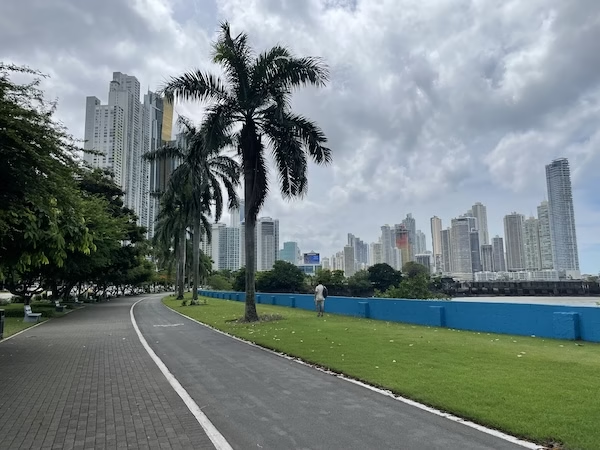
Panama’s History
Prior to European conquest, a variety of indigenous groups lived in what is now Panama. A number of these groups survive to this day and some have their own autonomous regions within Panama. You can find Guna people throughout Panama selling colorful patterned fabrics called Molas, which make great souvenirs.
Christopher Columbus, like many Europeans who would come after, explored Bocas del Toro on his fourth journey to the Americas. Over the years Spanish conquerors heard rumors of another ocean on the other side of the isthmus. Vasco Núñez de Balboa finally made his way across Panama in 1513 and named the Pacific Ocean the “South Sea.”
The Spanish founded Panama City and continued murdering and enslaving the native population, as well as importing slaves from Africa. Panama City grew to become one of the most important cities in the empire. Treasure ships carrying stolen gold and silver from South America would sale up to Panama City. Slaves would then carry the treasure across Panama where it would be shipped back to Europe.
As a fun side note: Scotland also attempted to colonize Panama. They set up an ill-fated colony in the Darien region in 1698 called “New Caledonia.” New Caledonia was a catastrophic failure. The debt Scotland incurred in this misadventure were part of the reason they agreed to unite with England and form the Kingdom of Great Britain in 1707.
After three centuries of Spanish rule, Panama achieved independence in 1821. Panama became part of Simón Bolívar’s Gran Colombia, and when that fell apart, became part of normal Colombia. In the late 1800s, the French tried and failed to build a canal across the isthmus.

Panama in the Modern Age
Then, in 1903, with the backing of the United States, Panama gained independence from Colombia. In exchange for this support, the U.S. took over the canal project. The canal and surrounding area essentially became a U.S. colony until 1977. Control of the canal was finally officially transferred back to Panama in 1999.
The U.S. kept intervening, however. In the 1980s, Panamanian president, Manuel Noriega, assisted the C.I.A. with its nefarious drug smuggling and arms dealing in Nicaragua. However, Noriega went too far, and the U.S. invaded Panama in 1989.
Since then, Panama has remained relatively stable, though there have been some scandals. The country used money from the canal to build its financial and banking sectors. It hit the news with the Panama Papers, which exposed a Panamanian banking firm as being involved in all sorts of tax dodging and money laundering schemes. Numerous public figures were connected, including political figures and Jackie Chan.
Most recently, the Canal found its way back to the headlines after Donald Trump spouted off about “retaking” control of the canal. Since then, the Panamanian government signed a deal with the U.S. allowing American troops more access. This, combined with reforms to social security and labor disputes among banana workers, has led to a massive protest movement in the country. As of June 2025, protests have been engulfing Panama for nearly two months straight.
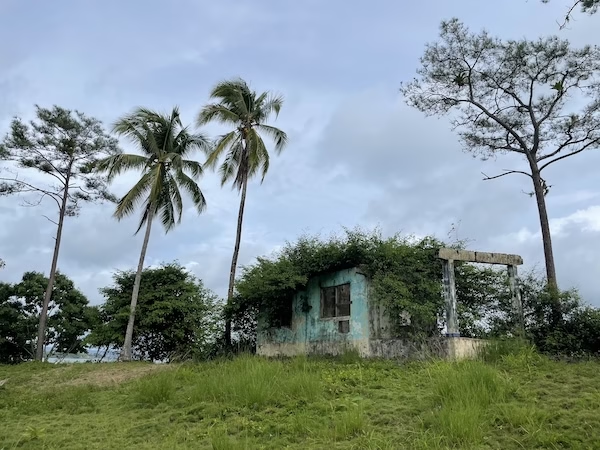
Where to Travel in Panama
Panama has a lot of places to see and lots of things to do. However, the main tourist spots are Boquete, Panama City and Bocas del Toro. A lot of people also visit the San Blas Islands and Valle de Anton. Unfortunately, those last two places were a little out of our price range when we visited. We did, however, stop by Panama’s other big travel hotspots.
On one of the most fun, but also most stressful, aspects of travel is finding and booking places to stay. These days you have options ranging from dirt cheap hostel dorms to luxurious White Lotus style resorts. Thankfully, the internet is here to make finding accommodation easier.
Hostelworld is the go to app for finding hostels. For everything else, there’s Booking.com. If you book through either of the previous links, I’ll gain a small commission at no extra cost to you.
Boquete
Boquete is a gentrified mountain town overrun with North American retirees. Despite that fact, I actually really loved it. Boquete’s magic lies just outside the town center with its over-priced burger joints and craft breweries. The green hills hide all sorts of wonderful hiking trails. You can walk through lush cloud forest and past tumbling waterfalls and exotic, tropical flowers. Some of the trails even start in town. I completely understand why all those North Americans decided to retire in Boquete.
Read more about the surprisingly great town of Boquete: Hiking, Coffee, and Classic Rock: Boquete is Panama’s Pleasant Surprise
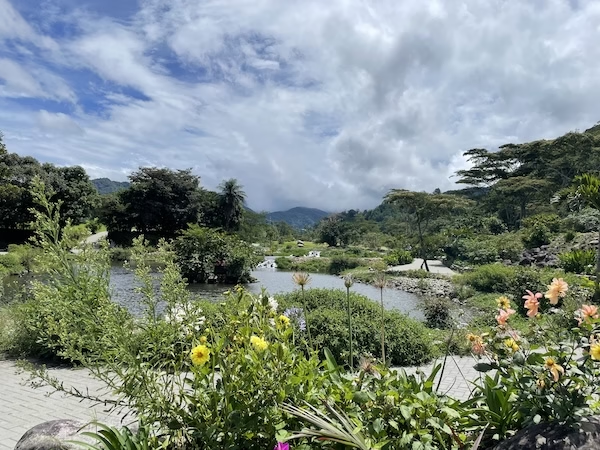
Santa Catalina
Santa Catalina is a scruffy little beach town that seems on the verge of becoming Panama’s big tourist hotspot. For now, the town is far less overrun by tourists. It mainly attracts surfers, although Santa Catalina is also a base for visiting the excellent Coiba National Park, whale watching and some very nice snorkeling. The more adventurous can hike through the ruins of an abandoned resort. Maybe that next tourist hotspot thing isn’t quite working out the way the developers wanted.
Discover more about Panama’s best beach town here: Santa Catalina and Coiba National Park: Panama’s Worst-Kept Beach Secret
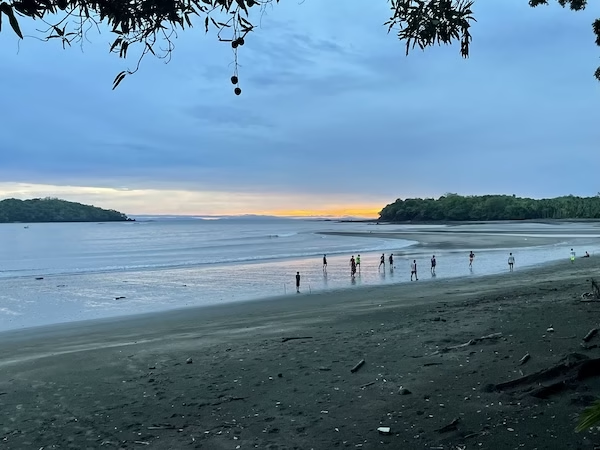
Panama City
Panama City’s towering high-rises glisten in the sun. Traffic crawls through the streets like ants on their way to a picnic. It’s a modern, developed city that I found a little boring. The old colonial section, Casco Viejo, is very nice, but doesn’t quite feel as magical as some of Latin America’s other colonial cities. However, the nearby Parque Natural Metropolitano (Metropolitan Natural Park) is a jungle paradise just outside of downtown and one of the best city parks I’ve ever seen. Aside from that, I guess there’s the canal.
Find out more about Panama’s sprawling metropolis here: Panama City Travel Guide: It Has a Canal and Some Other Things
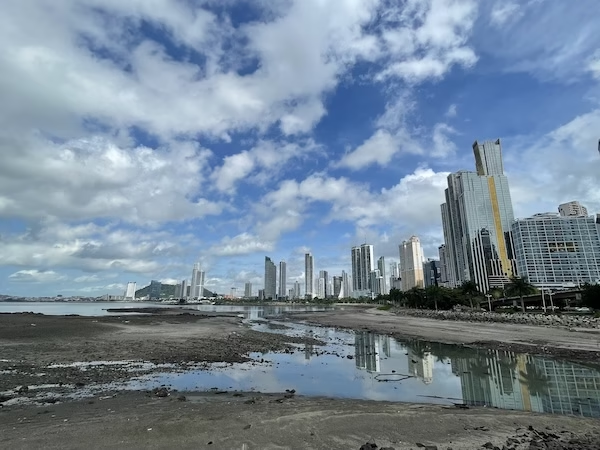
Bocas del Toro
Bocas del Toro is Panama’s premier Caribbean beach party town. If you are the kind of person who likes beaches and parties, it’s probably a good place for you. If you are like me and like quiet, nature and cultural experiences, you’ll probably have a terrible time. I visited years ago, when I was younger, and had a blast. These days I think I’m just too old for Bocas del Toro. The beaches are nice, though.
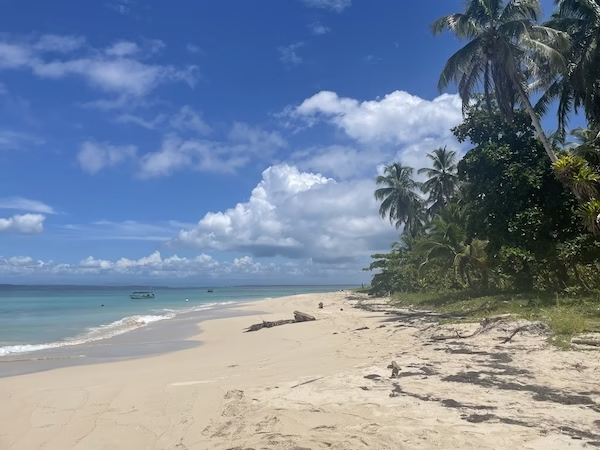
I’m generally a fan of booking tours through hostels or in person. However, sometimes that’s just not possible. If you want to book your activities in advance, Get Your Guide has a range of activities for a reasonable price. If you book through the following link, I’ll get a small commission at no cost to you, and you’ll support an independent travel blog. Click here to explore tours in Panama.
Is Panama Worth Visiting?
Maybe it says something about me that my favorite place in Panama was the town known for its retiree population rather than the town known for attracting young backpackers. Perhaps it’s time for me to come to terms with the fact that I’m getting older, which means coming to terms with my mortality.
Unfortunately, I don’t think I’ll come to terms with those things in Panama. There are plenty of nice things to see and do in Panama. Nevertheless, it was far from my favorite country in Central America. I just didn’t connect with the country like I did with its neighbors, Costa Rica or Colombia.
If you’re backpacking through Latin America, you should definitely stop in Panama on your way from Costa Rica to Colombia. There’s nothing wrong with it, and you’ll have a good time. However, if I were you, I wouldn’t make a special trip. Consider visiting Costa Rica or Colombia instead.
And maybe that’s Panama’s curse. The poor country is sandwiched between two of the world’s most amazing travel destinations. There’s no way it can compete with Costa Rica’s rich nature and well-developed national parks. And there’s no way any country can compete with the magic of Colombia.
That’s fine. Panama will be there in the middle doing its thing connecting the mighty continents of North and South America.


